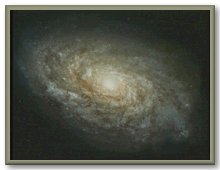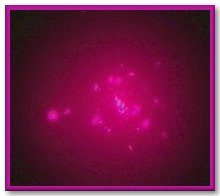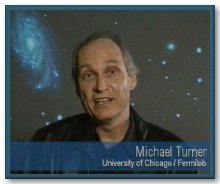Tuesday April 3, 2001
13:00 Eastern
THE FOUNDING FORCES OF THE UNIVERSE

|
Oddly enough, on the very frontiers of knowledge, astronomers bring to bear the most fundamental principles ones like motion, gravity, heat and the spectrum, topics students first encounter in school to help them begin to understand whatís going on. Researcher Martin Elvis and others talk about gravity as the master force which shapes galaxies and clusters of galaxies, the largest structures we know of in the Universe. He shows us--using a broken wineglass--how "gravitational lensing" brings otherwise invisible objects into view. |
| Mario Livio, head of the Science Division of the Hubble Space Telescope Science Institute compares gravity to electromagnetism and to the strong and weak nuclear forces. Many astronomers and astrophysicists now believe, in fact, that as we look out into space that what we see is almost certainly not all there is. They speak about "dark matter" and "dark energy": they think itís the gravity of dark matter strange particles perhaps left over from the Big Bang which shapes galaxies, and the repulsive force of "dark energy" which makes the Universe expand at an ever-accelerating rate. Here at the edge of space and time, particle physics and astronomy come together to shape contemporary cosmology the study of the Universe at the very largest scale. | 
|

|
Mike Turner from the University of Chicago and the Fermi National Accelerator Laboratory explains how understanding the Universe on the very smallest scale through the behavior of exotic subatomic particle scan help us understand a vast and ancient cosmos. |